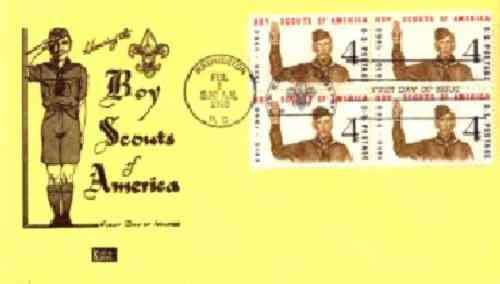
Figure 1.--Notice that the cover has a drawing of an American Boy Scout wearing short pants--as Scouts did in most countries. American Scouts in 1960, however, almost always wore long pamts.


Figure 1.--Notice that the cover has a drawing of an American Boy Scout wearing short pants--as Scouts did in most countries. American Scouts in 1960, however, almost always wore long pamts. |
The youth group that has most commnly been depicted on postage stamps has been the Boys Scouts. More than 100 countries and dependencies have commemorated the Boy Scouts. Many countries, as Scouting has esisted for nearly 100 years now, have issued several stamps over the years. Various national uniforms are highlighted as well as changes over time.
Many Arab countries were British colonies are strongly influenced by the British. As a result, the original uniforms in Arab countries were very similar to British Scout uniforms. Almost always the boys wore short pants, even though Arab boys did not normally wear short pants. Gradually national dress items were introduced as part of the uniform. Modern Arab Scouts wear long pants. The short-lived United Arab Republic (UAR) is a good example of this trend. Short pants are not longer considered appropriate for boys of Scout age in the Aran world--even for Scouting. Cubs though in several Arab countries do continue to wear shorts.
The United States has issued stamps on Scouts aw well as other youth groups. More stamps have been issued to commemorate the Scouts than other youth groups. It has usually been the Scouts so honored and not the Cubs. These stamps show the progression of the uniform, although the first Scout stamp was not issued until 1960. arlier American stamps were issued more for great individuals, battles, state anniversaries and other events deemed suffiently worthy. After World War II stamps began to be issued for a wider range of issues, includin pop culture by the 1980s.
Navigate the Boys' Historical Uniform Web Site:
[Main other youth group page]
[Introduction]
[Bibliographies]
[Chronology]
[Countries]
[Garments]
[Organizations]
[Frequently Asked Questions]
[Boys' Uniform Home]
